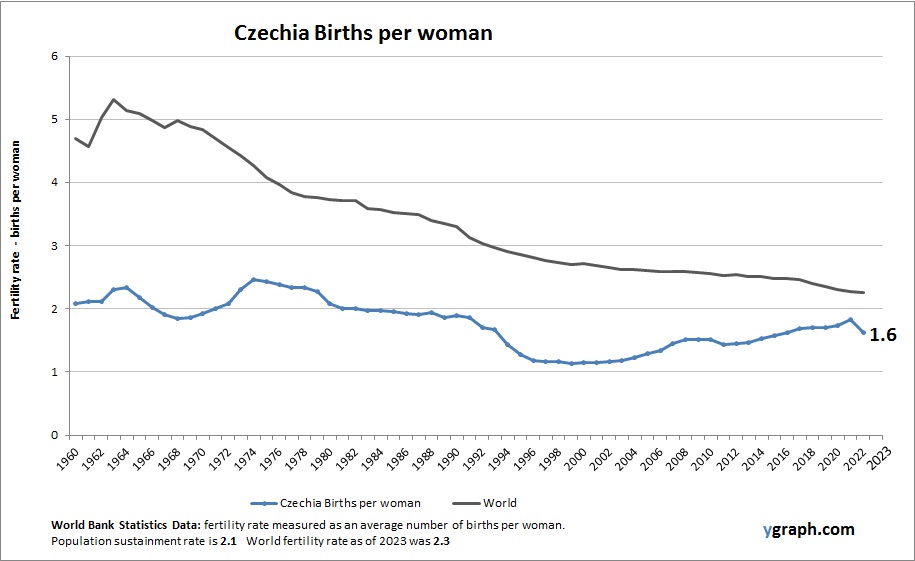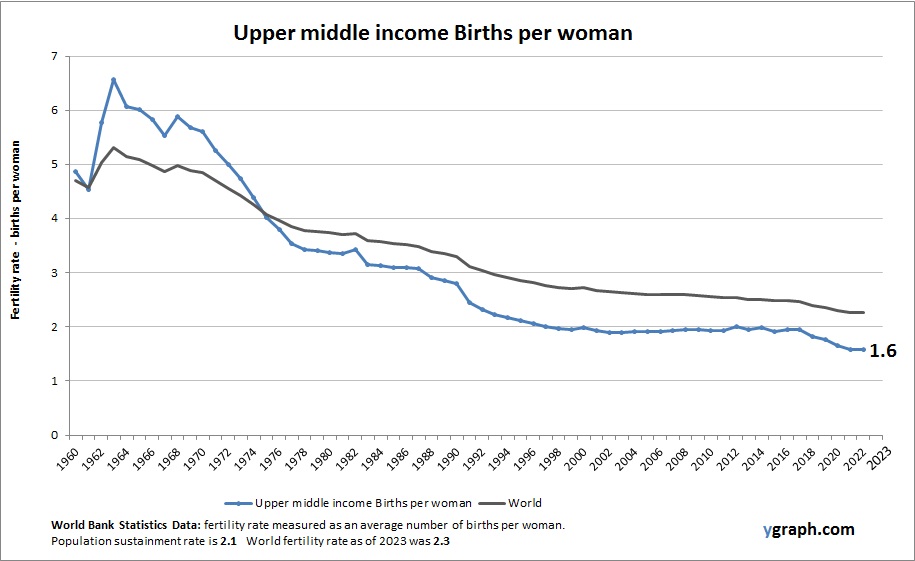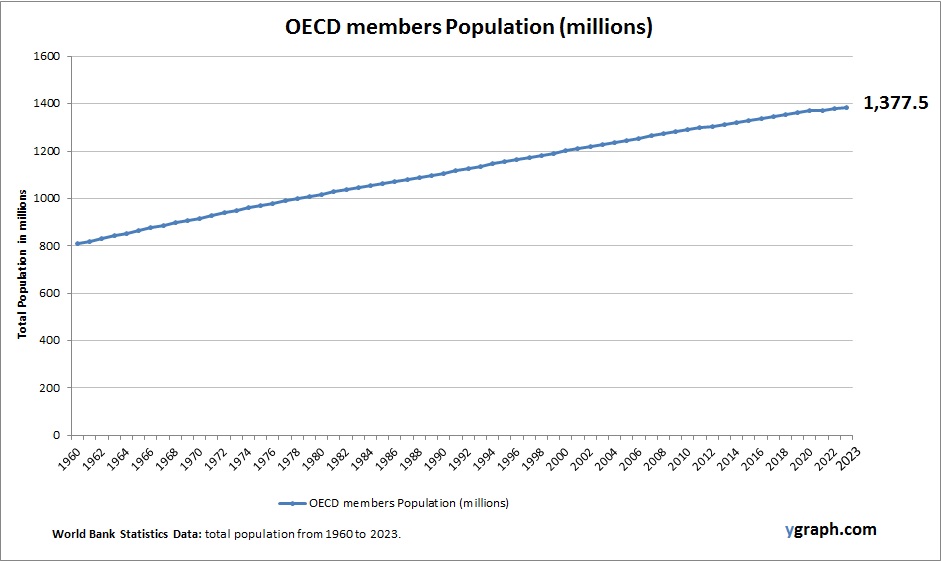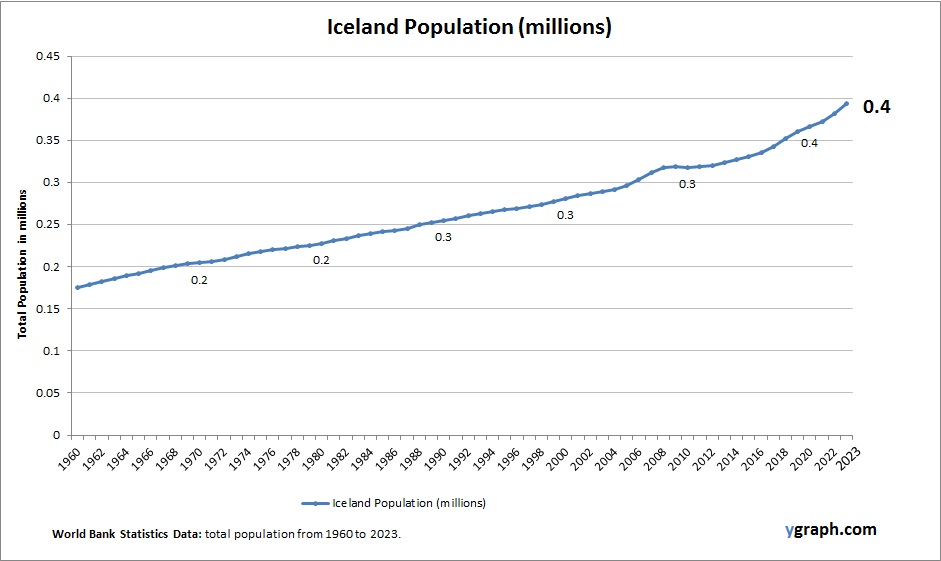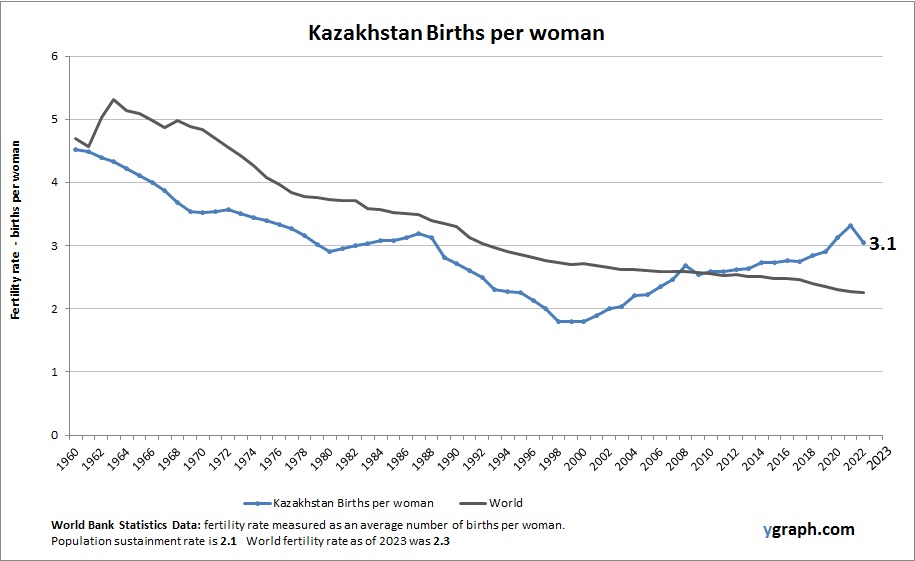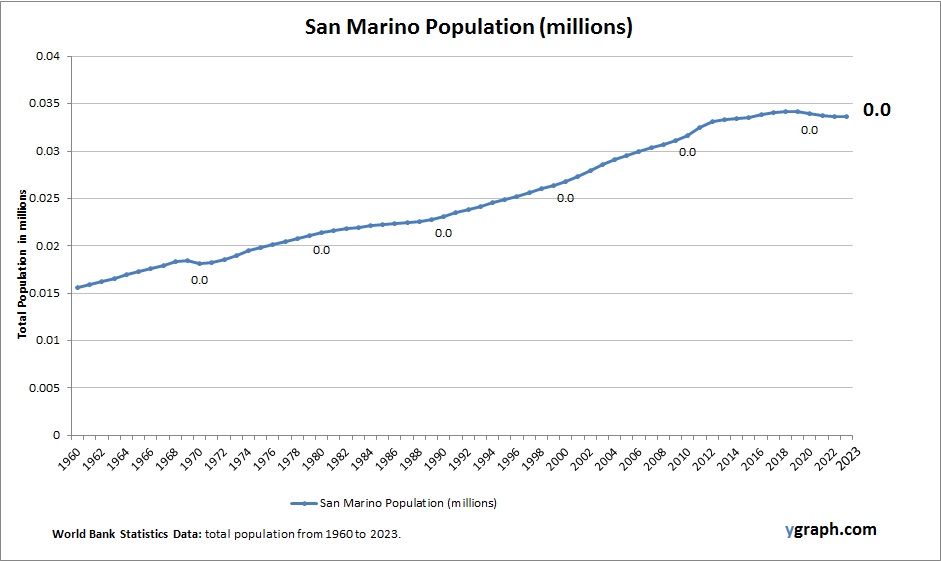Chart above demonstrates Cambodia Births per woman. World Bank is the source of this birth data. Based on the latest demographics info provided for Cambodia.
Cambodia’s fertility rate has declined significantly over the past few decades due to improved access to education, healthcare, and family planning. While rural areas still see higher birth rates, urban centers are experiencing a marked demographic shift toward smaller family sizes.


